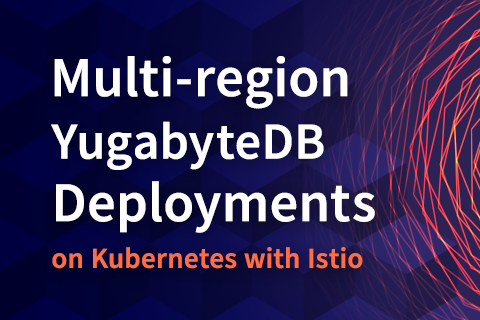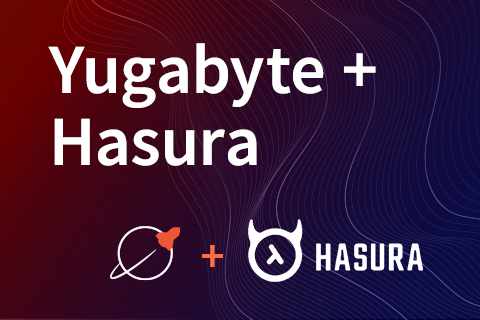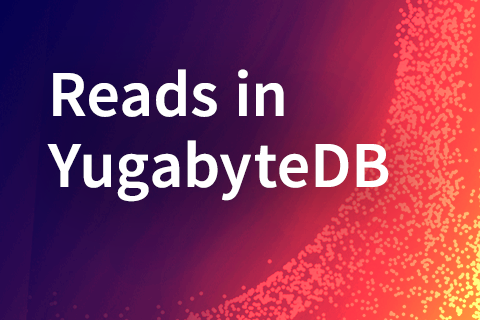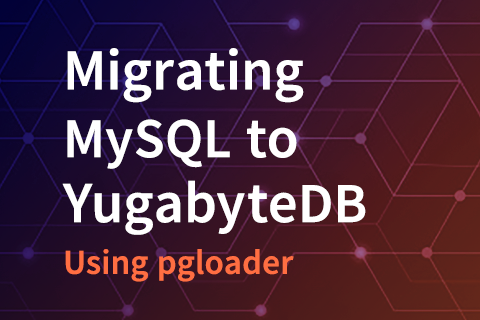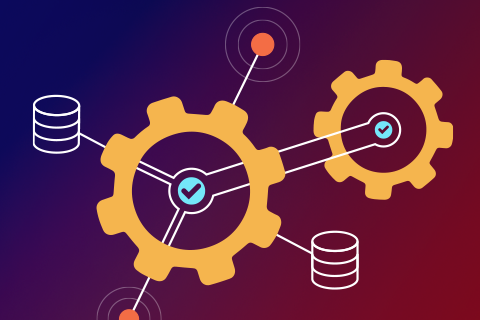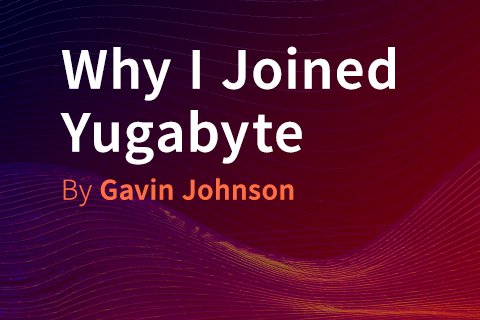Distributed SQL Tips and Tricks – July 9th, 2021
Welcome back to our bi-weekly tips and tricks blog where I have the pleasure of recapping some distributed SQL questions from around the Internet. This blog series would not be possible without all of the behind the scenes and community work done by YugabyteDB members such as Dorian Hoxha and Frits Hoogland. All of us here at Yugabyte also have to thank our incredible user community for their work with the technology,
…

